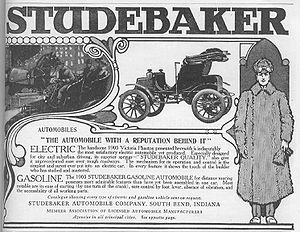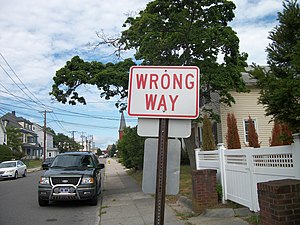You’ve got 400 emails in your inbox, and you think if you see another one you may tear your hair out.
You’re a bit tired of email marketing and you think your customers are too.
You want to add a personal touch, something that your potential customers can hold in their hands, that’s addressed directly to them.
Postcard marketing is a great solution to this. But how do you use them?
Find the right people
As with any marketing, consider what your audience wants, and offer something that will help them (not you) solve a problem or feel happier about something.
Someone who is technically challenged and desperately needs your help setting up a blog. Or, a company that wants to get on Google+ and has no time (but plenty of money) to figure out how to use it.
Mail your card to people or businesses who tightly and closely fit your ideal. Don’t try to reach everybody; try to reach your ideal client.
Tackle the copy
The beauty of a postcard is that you don’t have to click on it, or open it. It’s immediately visible. Write the copy first (then decide on colors, size, and images, more on that further down).
A postcard is pretty small. So make every word count. Write an irresistible headline that gets them to stop and look. Put the headline on both sides – you never know which side they’ll see first. Keep your offer short. Lots of words will be hard to read in a small space. Keep it to something simple (like a free consultation).
Create desire
Know what their problems are, what they need, and how to appeal to them. Will it be humor? In-depth studies? Lots of technical specs? (Incidentally, don’t lean on these too heavily though, people buy based on emotions.
However you do it, you need to do it quickly. Whether it’s a postcard, or an ad, or even a landing page, you have to get attention right away, before that card goes in the trash or their hands move to their mice and click somewhere else.
Solve their problem
Are you solving a problem that’s been driving them nuts? Will your marketing help them believe you can fix it? Are the results credible? Something that looks too good can actually drive people away!
Make it worthwhile
Will it be worth it for them? Will they save more time, money, or effort than your solution costs?
I recently (stupidly) struggled for hours trying to get WordPress to do something. I finally had the bright idea of calling someone with better skills. He did it in an hour or so for a reasonable price.
Was it worth it? Yes! I sat back, he worked. I got what I wanted, and sent him some money. The reward (from my point of view) was much greater than the cost.
Ask for an action
Now that you’ve got the right people, offered them something they want, and convinced them that it’s worth every penny, you’ve got to call for them to act. Make it absolutely clear what they should do, and how they should do it.
Do they call? Enter a URL? Email you?
“Call XXX-XXX-XXXX for your free Surround Sound installation guide.”
Replies should be simple. A phone number or an easy-to-remember (and type) website or email address. The easier it is to respond the better.
Design the card
There’s no single perfect design (or copy, or call to action), but there are some ways that you can make your postcard more likely to get noticed. First, make sure to include an eye-catching photo, preferably one with people in it. People love looking at other people. Another trick is to use a larger card (like 6 x 9). They will cost a bit more to print and mail, but the size will help them stand out from the rest of the mail.
Full color postcards used to be expensive, but not any more. Use all those colors for a full-color photo. The text on the back of the card can be plain black (it’s easier to read).
Refine and test
Do it once, see how well it works, then do it again.





